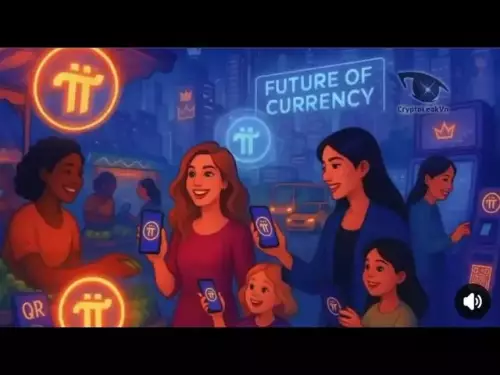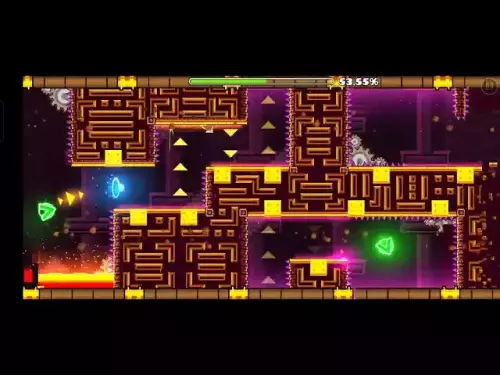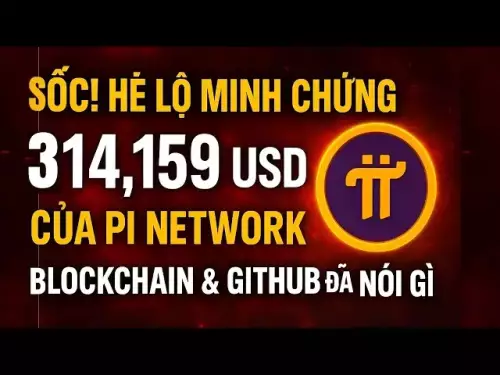-
 bitcoin
bitcoin $109547.008142 USD
0.04% -
 ethereum
ethereum $4011.838726 USD
-0.05% -
 tether
tether $1.000402 USD
-0.01% -
 xrp
xrp $2.798606 USD
0.88% -
 bnb
bnb $970.877944 USD
1.39% -
 solana
solana $202.237275 USD
-0.95% -
 usd-coin
usd-coin $0.999673 USD
0.00% -
 dogecoin
dogecoin $0.229294 USD
-1.15% -
 tron
tron $0.336370 USD
-0.45% -
 cardano
cardano $0.777260 USD
-1.66% -
 hyperliquid
hyperliquid $45.503019 USD
1.73% -
 ethena-usde
ethena-usde $1.000362 USD
0.01% -
 chainlink
chainlink $20.785303 USD
-1.10% -
 avalanche
avalanche $28.755822 USD
-0.11% -
 stellar
stellar $0.358303 USD
-0.48%
What is the Howey Test for NFTs?
The Howey Test determines if NFTs qualify as securities by evaluating investment, common enterprise, profit expectation, and third-party efforts.
Jul 22, 2025 at 03:43 am
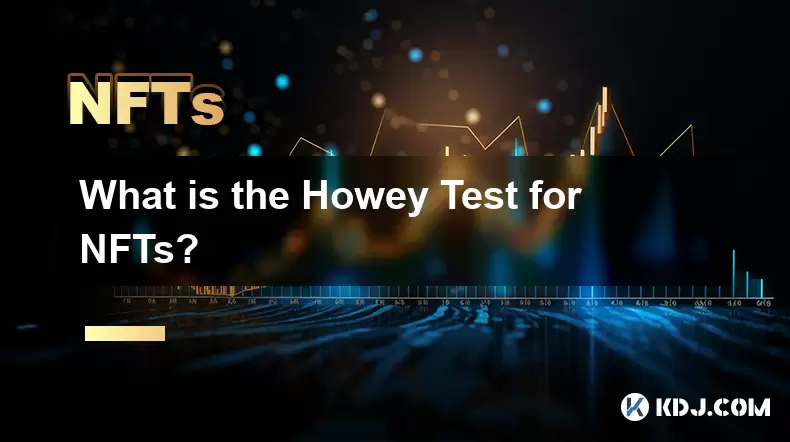
Understanding the Howey Test in the Context of NFTs
The Howey Test is a legal framework established by the United States Supreme Court in the case Securities and Exchange Commission (SEC) v. W.J. Howey Co. in 1946. It is used to determine whether a particular transaction qualifies as an 'investment contract,' and therefore, a security under federal securities law. When applied to NFTs (Non-Fungible Tokens), the Howey Test becomes a critical legal benchmark for assessing whether a specific NFT offering may fall under the regulatory scope of the SEC.
The core of the Howey Test lies in identifying whether a transaction involves an investment of money in a common enterprise with a reasonable expectation of profit derived from the efforts of others. If all four elements are met, the asset in question is classified as a security and becomes subject to stringent regulatory requirements.
Why the Howey Test Applies to NFTs
NFTs are typically digital assets representing ownership of a unique item or piece of content, such as art, music, or virtual real estate. While many NFTs are seen as collectibles or digital memorabilia, some are marketed and sold with the promise of future financial returns. This is where the Howey Test becomes relevant.
If an NFT is sold with the implication that its value will increase due to the efforts of a developer, artist, or platform, it may meet the criteria of an investment contract. For example, if an NFT grants the holder a share in future profits from a project or is part of a bundle of tokens marketed as a speculative investment, the SEC may consider it a security. This distinction has significant legal and compliance implications for creators, platforms, and investors.
Key Elements of the Howey Test for NFTs
To apply the Howey Test to NFTs, regulators examine four critical elements:
- Investment of money: Whether the buyer invested money or other assets to acquire the NFT.
- Common enterprise: Whether the fortunes of the investor and the promoter are linked together.
- Expectation of profit: Whether the buyer expects to profit from the NFT.
- Efforts of others: Whether the profit is derived primarily from the work of the issuer, promoter, or third party.
Each of these components must be evaluated in the context of how the NFT is structured, marketed, and sold. If any of these elements are missing, the NFT may not be classified as a security. However, if the NFT is promoted as a financial opportunity or investment vehicle, it increases the likelihood that it will be subject to securities regulations.
Examples of NFTs That May Fail the Howey Test
Certain NFT projects may inadvertently fall under securities law due to how they are designed or promoted. Consider the following scenarios:
- NFTs linked to revenue-sharing models: Projects that promise a percentage of future sales or royalties based on platform performance may trigger the expectation of profit and efforts of others elements.
- NFTs sold in fractionalized bundles: When NFTs are broken into smaller shares and sold to multiple investors, they resemble investment contracts.
- Promotional language suggesting financial gain: Marketing materials that emphasize potential returns or appreciation in value may be used as evidence of an investment intent.
In these cases, the SEC may intervene, requiring compliance with registration and disclosure requirements under the Securities Act of 1933 and the Securities Exchange Act of 1934.
Compliance Strategies for NFT Creators and Platforms
To avoid triggering securities regulations, NFT creators and platforms can take several steps:
- Avoid profit-oriented marketing: Refrain from making claims about potential financial returns or value appreciation.
- Ensure utility over speculation: Design NFTs with clear, tangible utility, such as access to exclusive content or experiences.
- Decentralize control: Reduce reliance on a central team or entity for the NFT's success or ongoing development.
- Consult legal counsel: Engage with legal experts to review the structure and marketing of NFT offerings.
By carefully structuring NFTs to emphasize their collectible or functional nature rather than investment potential, creators can reduce the risk of regulatory scrutiny.
FAQs
Q: Can an NFT ever be classified as a commodity instead of a security?A: Yes, depending on how it is structured and marketed. If an NFT functions more like a consumer good or digital collectible without investment characteristics, it may be considered a commodity. However, this classification is still evolving and subject to regulatory interpretation.
Q: Are all NFTs subject to the Howey Test?A: No. Only NFTs that involve investment elements and expectations of profit based on third-party efforts are subject to scrutiny under the Howey Test. Many NFTs, especially those with clear utility or collectible value, may not qualify as securities.
Q: What happens if an NFT is classified as a security?A: If an NFT is deemed a security, the issuer must comply with federal securities laws, including registration with the SEC or qualifying for an exemption. Failure to do so can result in legal penalties and enforcement actions.
Q: How do international regulations treat NFTs under the Howey Test?A: While the Howey Test is a U.S.-specific legal standard, other countries have developed their own frameworks for digital assets. Some jurisdictions may adopt similar tests, while others use different criteria to classify NFTs.
Disclaimer:info@kdj.com
The information provided is not trading advice. kdj.com does not assume any responsibility for any investments made based on the information provided in this article. Cryptocurrencies are highly volatile and it is highly recommended that you invest with caution after thorough research!
If you believe that the content used on this website infringes your copyright, please contact us immediately (info@kdj.com) and we will delete it promptly.
- Whale Movements, XPL Token, and Hyperliquid: Decoding the Crypto Tides
- 2025-09-28 14:25:14
- BullZilla Roars: Presales, Ripple, and TRON in the Crypto Jungle
- 2025-09-28 14:25:14
- Nation-State Bitcoin Adoption: Samson Mow's Perspective on the 'Suddenly' Moment
- 2025-09-28 14:45:12
- XRP Price, WallStreetBets, and Rally Prediction: A New Era?
- 2025-09-28 14:45:12
- Pi Network, Sign Protocol, and the Binance Listing Buzz: What's the Deal?
- 2025-09-28 14:30:01
- BTC, HODLers, and a Potential Bull Run: A New Yorker's Take
- 2025-09-28 14:30:01
Related knowledge

How can I determine the authenticity of an NFT project?
Sep 23,2025 at 05:18pm
Understanding the Project Team and Their Background1. Research the identities of the team members behind the NFT project. Verified social media profil...

What's the difference between NFTs and traditional collectibles?
Sep 19,2025 at 12:55pm
Digital Ownership and Provenance1. NFTs are built on blockchain technology, which ensures transparent and immutable records of ownership. Every transa...
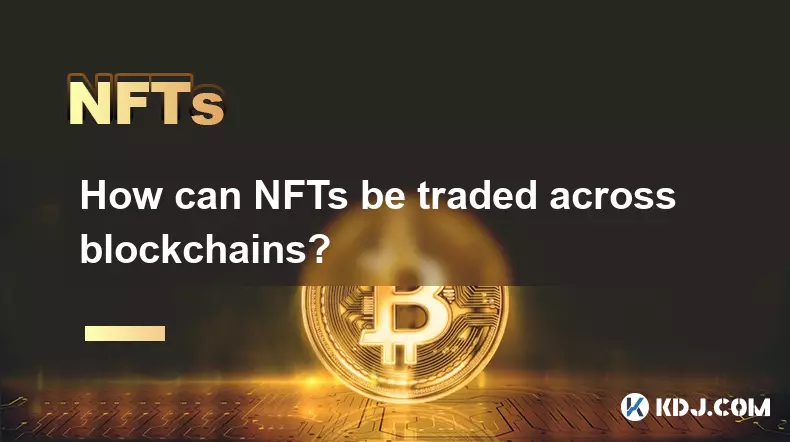
How can NFTs be traded across blockchains?
Sep 19,2025 at 12:00pm
Understanding Cross-Chain NFT Trading1. Non-fungible tokens (NFTs) are digital assets that represent ownership of unique items on a blockchain. Origin...

How is NFT rarity calculated?
Sep 18,2025 at 07:54pm
Understanding NFT Rarity Metrics1. NFT rarity is determined by analyzing the uniqueness of individual traits within a collection. Each NFT typically c...
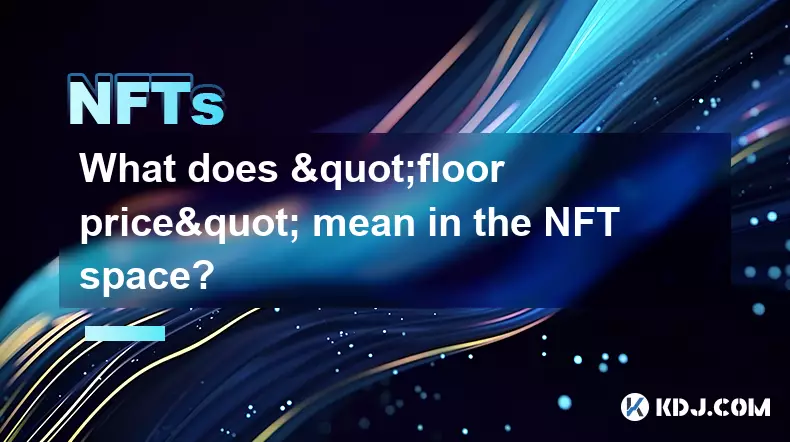
What does "floor price" mean in the NFT space?
Sep 22,2025 at 06:36am
Floor Price: A Core Metric in the NFT Marketplace1. The term floor price refers to the lowest current asking price for any item within a specific NFT ...

How do NFTs help content creators?
Sep 18,2025 at 08:00am
NFTs Empower Creators with Ownership and Monetization1. NFTs provide content creators with verifiable ownership of their digital works, ensuring authe...

How can I determine the authenticity of an NFT project?
Sep 23,2025 at 05:18pm
Understanding the Project Team and Their Background1. Research the identities of the team members behind the NFT project. Verified social media profil...

What's the difference between NFTs and traditional collectibles?
Sep 19,2025 at 12:55pm
Digital Ownership and Provenance1. NFTs are built on blockchain technology, which ensures transparent and immutable records of ownership. Every transa...

How can NFTs be traded across blockchains?
Sep 19,2025 at 12:00pm
Understanding Cross-Chain NFT Trading1. Non-fungible tokens (NFTs) are digital assets that represent ownership of unique items on a blockchain. Origin...

How is NFT rarity calculated?
Sep 18,2025 at 07:54pm
Understanding NFT Rarity Metrics1. NFT rarity is determined by analyzing the uniqueness of individual traits within a collection. Each NFT typically c...

What does "floor price" mean in the NFT space?
Sep 22,2025 at 06:36am
Floor Price: A Core Metric in the NFT Marketplace1. The term floor price refers to the lowest current asking price for any item within a specific NFT ...

How do NFTs help content creators?
Sep 18,2025 at 08:00am
NFTs Empower Creators with Ownership and Monetization1. NFTs provide content creators with verifiable ownership of their digital works, ensuring authe...
See all articles





















